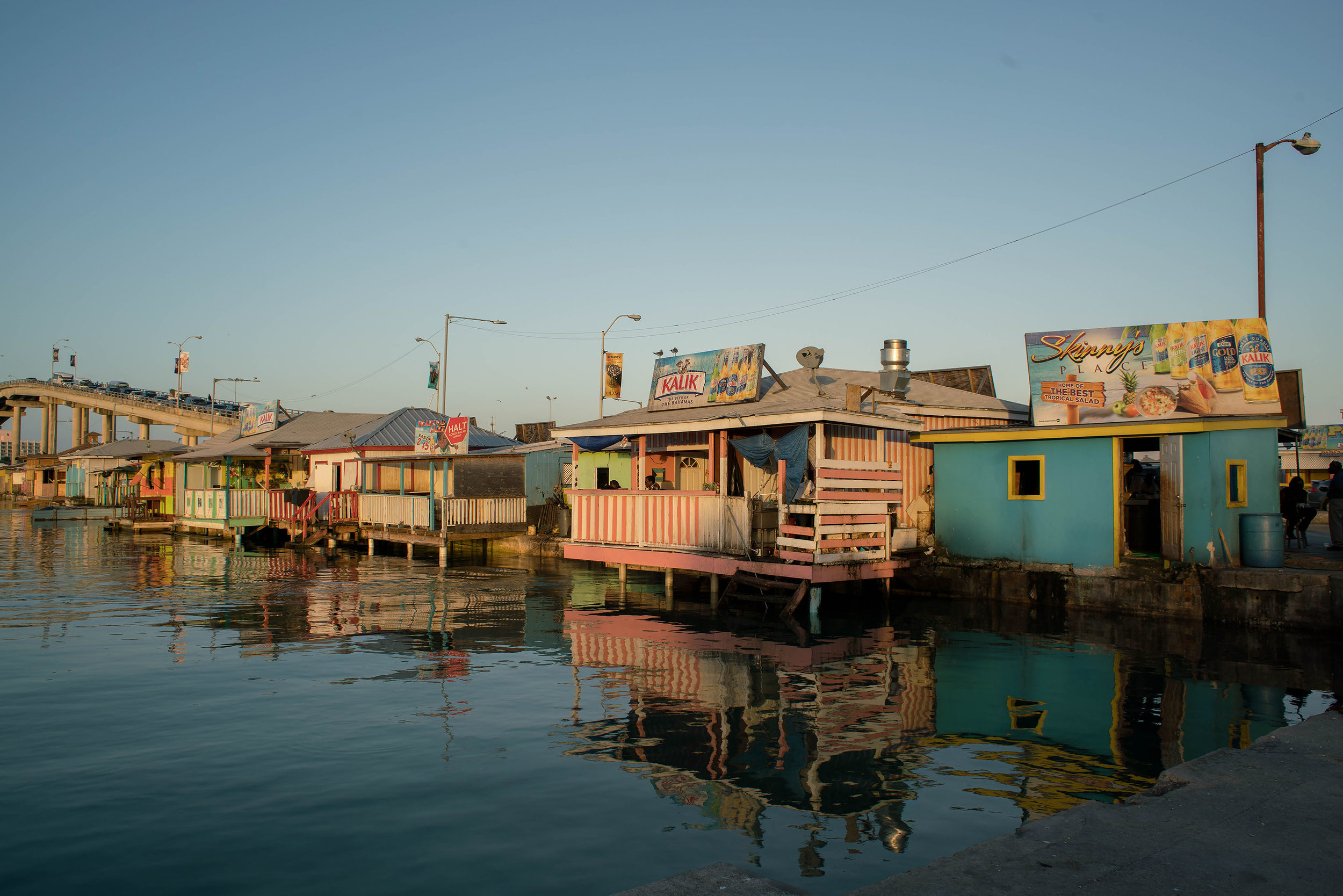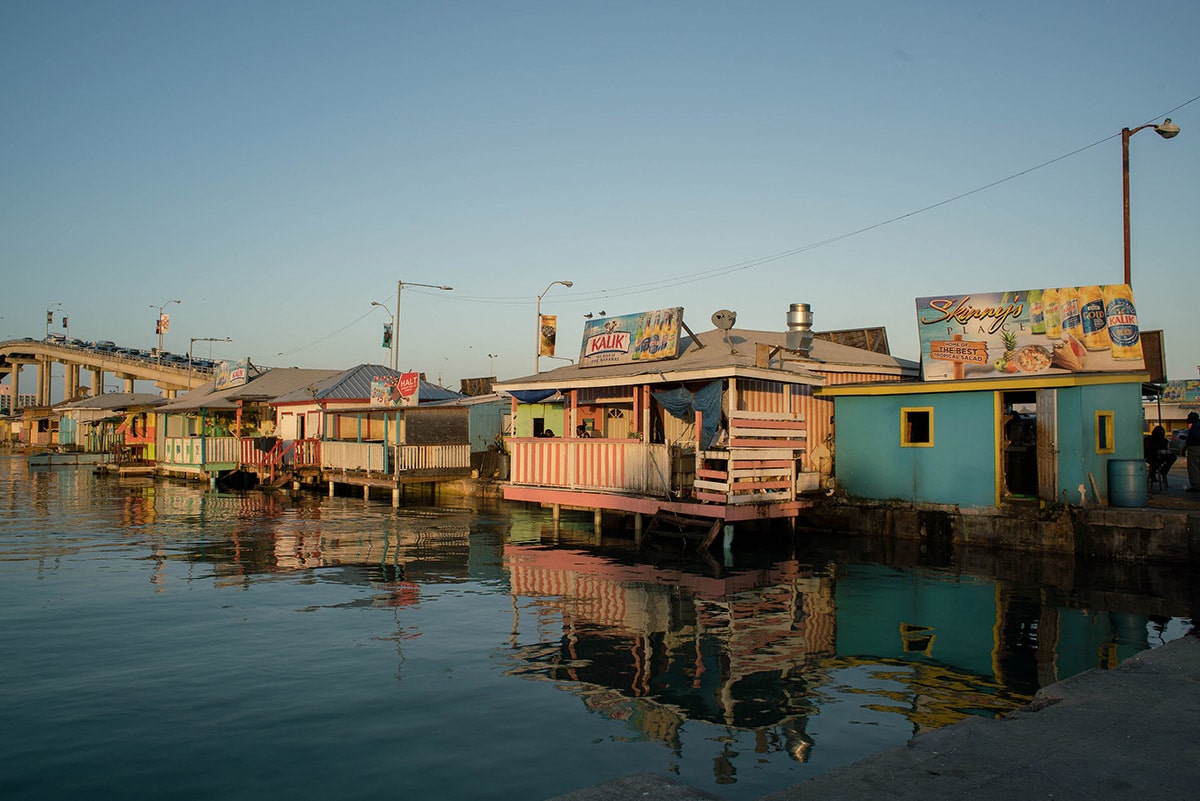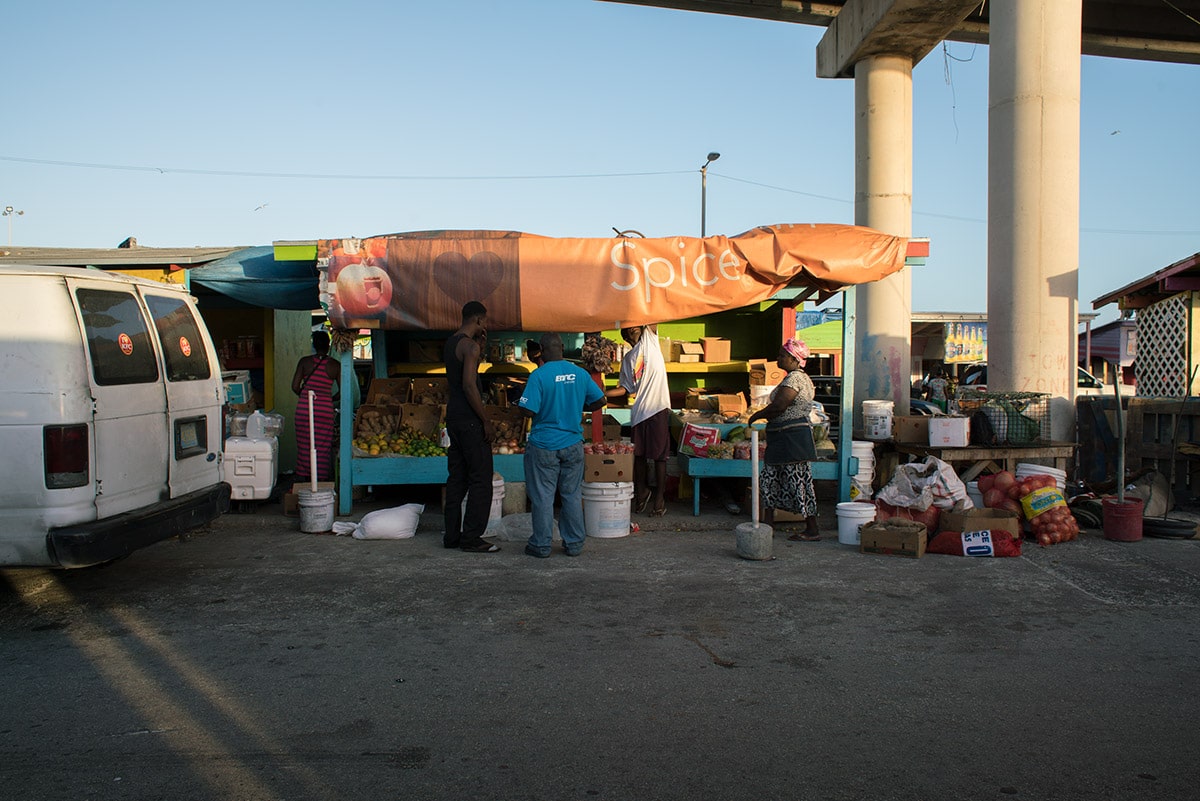
By Dr Ian Bethell-Bennett
The University of The Bahamas
“Traversing the Picturesque: For Sentimental Value” provides an invaluable view into the way the islands have been visioned for decades. It is a unique and important show that serves as a historical and current window into a perspective that adds value to our discussions and to how we see ourselves. Working in tandem with “We Suffer to Remain”, both shows provide an incredibly fruitful and open discussion for the cultural materialism and intermateriality cross-materiality that allows deeper and broader understanding of where we live and how we live here. The latter show deals with the loss of tangible and intangible cultural heritage of slavery through erasure. The periphery, the colony where the history physically took place has gutted its memory through a process of deletion and writing over.
The opportunity for coupled viewing and discussion prevents either work from dominating the story as if it were the only story being told. In fact, this is a unique opportunity to see us as we see us and how others see us, a history of double consciousness and double voicing, where, as Krista Thompson discusses in An Eye for the Tropics (2006), primacy of place is not taken by picturesque or the tourist product, but the conversation, the view, the reality is buttressed by the fact that both ‘versions’ coexist, sometimes more happily than others. This coexistence provides an opportunity to challenge the way we package our culture and the manner in which we deconstruct it for the salience of one version that disregards the local cultural materialism for a gentrified or sanitised version of the story. Space and place play an incredibly important role in this discussion.

Tamika Galais. “Backside, New Providence”, photography, 2015. Image courtesy the artist.
Space and Place
Markets, shared spaces, popular gathering spots and vernacular iterations of local/national life seem to be as unpopular as they are essential. When we think of the idea of spatial justice as espoused by Edward Soja and David Harvey, these spaces for popular recreation and national identity formation provide a foundational ethos for the people to commune. Without these areas for everyday discourse, society begins to wither and die. Further, these spaces create part of the local cultural vernacular. In the 1970s, they were an essential part of Nassau life. Today, society seems intentionally bent on destroying them notwithstanding their cultural, social and economic importance.
As yet another plan to deconstruct and adopt the last government’s plans for Potter’s Cay, the vision of the plan remains as muddied as always. What will happen to this front porch, this story of Bahamian life? Potter’s Cay remains a significant artery of Bahamian life and The Bahamas not only because it connects worlds, islands, cays, and rocks, but because it provides a space for transactions and translation that produce better cultural understanding and transfer.
However, many people see Potter’s Cay as a no-go space because it’s dirty or it’s unorganised, or it’s beneath them. The problem with all of these discussions is that they tend to miss the real points. Potter’s Cay is a gem in the crown of living Bahamian culture.
The ideology of progress and cultural change or erasure as taken up by successive governments has had little time for the materialism of culture, the space of living, breathing culture as lived by the people. As people are encouraged to pull up roots through a developmental paradigm that views western themed-progress as the answer to any and all challenges caused by time, we lose a large part of our cultural heritage as well as an identity locked in that materiality. It is significant that Potter’s Cay, the guts of it, the bones and the veins that pump blood through its extremities, is a thriving culture within the fabric of Nassau.
It houses the Ministry of Agriculture’s Produce Exchange that has limped into the 21st century dragging the weight and burden of an outdated, paper-driven system of production and management from the 19th century. Here, Bahamian-grown produce, farmed on family islands and packed in packinghouses connect the farm to the distributor. Sadly and severely damaged by Hurricane Matthew, the Exchange has sporadic and limited service to the public. The Cay was also once home to the indoor fish market, long since shut down and gutted.
The cultural materialism of that space and historical memory are erased when place is gutted and remapped. However, if that remapping is done with consideration for the residual effects of the production process, then we can “Suffer to Remain”.

Tamika Galanis. “Spice Market, New Providence”, photography, 2015. Image courtesy the artist.
Legacy
Potter’s Cay also houses the Mail Boat system that arrives and leaves from the capital takes the culture and its other artefacts to the outer islands. Once upon a time, these boats carried cargo like newspapers and food that could not be sourced on the Family Islands. Today, little has changed for many of our islands. News may be easier to come by through social media, but food cannot be accessed virtually, and so the islands rely on these boats and this space.
These inhabited spaces are where we experience a process of identity formation because this space/place is where so much of Bahamian life occurs. Simultaneously, though this is the space of entertainment and social life. It is where people come on a Friday night, after work, on a Saturday afternoon, to drink, eat, play dominoes and shoot the breeze. It is also a space where transnationalism comes to know the local culture, and where market economy meets with the sale of produce in a local market undermined and erased by government policy that tries to eradicate all that thrives organically. It is an exciting and culturally significant space where time conforms to a nuance of Bahamian music and where George Symonette’s ‘Don’t Touch me tomato’ can be understood in a material fashion.
The space of cultural connection, though polemical, is a boost for tourism and national development alike, as they both benefit from the tangible and intangible interaction of History in the day-to-day process of life.
I think the interface between “We Suffer to Remain” and “Traversing the Picturesque: For Sentimental Value” opens the discussion about the interstitial space that allows both these manifestations of culture to occur without one eclipsing the other. Anina Major, Graham Fagen, Sonia Farmer, John Beadle and the experiences of the artists presented in “Traversing the Picturesque” articulate distinct but not disempowering narratives that discuss experiences and versions that coexist.
Potter’s Cay, the historical site, the cultural process and the residual place where Bahamian culture has been erased, but there remains a cultural trace and an oppositional value that both speak to and speak against the daily grind. The space and time of geography is significant at this historical moment because so much is being lost in search of more significant and new sources of profit.